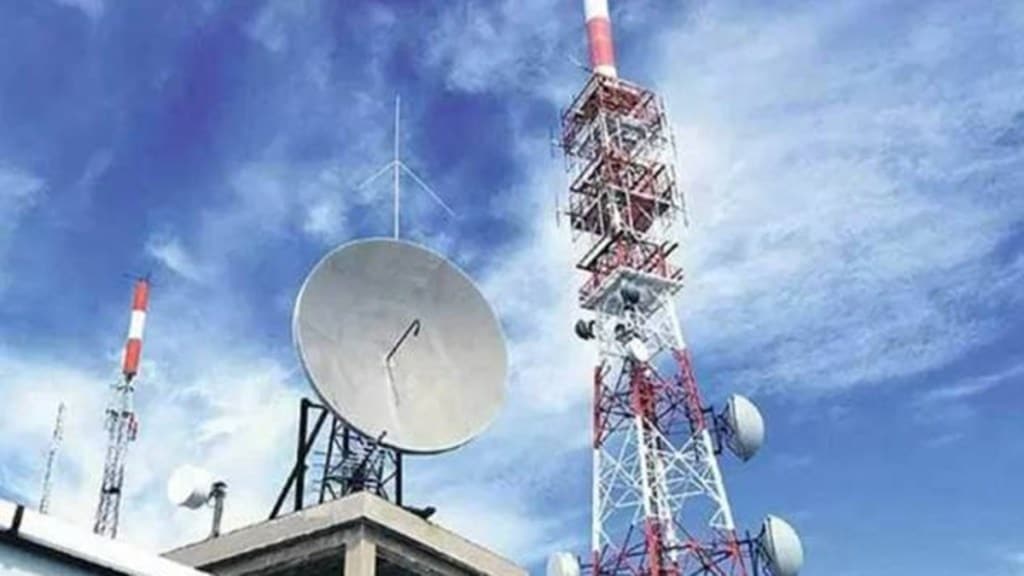Jio Satellite Communications has for a flexible use of spectrum in the 28 GHz band between the satellite and terrestrial telecom services network. In a letter dated September 5 to Telecom Regulatory Authority of India (Trai) chairman PD Vaghela, Jio Satellite has said that the suggestion for flexible use of spectrum is based on the latest changes in technology and standards which have allowed the creation of integrated and converged networks.
Jio’s views on the subject is in counter to those by industry bodies such as Broadband India Forum (BIF), Satcom Industry Association, Indian Space Association, which have strongly recommended against flexible/mixed use of spectrum in any of the satellite bands. The industry bodies represent companies like OneWeb, Hughes, Nelco, Telsat, Inmarsat, etc.
In its letter, Jio has cited reference of New Zealand, wherein the government has agreed to allocate 24.25-27.5 GHz band primarily allocated for mobile use, with the option to include some satellite services in some areas. Further, it said that there should be a sharing model between spectrum in the 27.5-28.35 GHz band, and the 28.35-29.5 band should be primarily allocated for satellite services with the option to include some mobile use.
“It is pertinent to mention here that other technological developments such as the development of NGSO constellations in the IMT bands to provide satellite direct to devices service and many device makers supporting the use of satellite networks on their devices indicate that the evolving technological landscape is supportive of integrated networks and these may be dominant in next 20 years,” Jio Satellite has said.
“Any fragmented assignment of spectrum between terrestrial and satellite usage would lead to inefficient use of such scarce resource and will also deny the consumer benefit of a seamless service provided through the converged network,” Jio Satellite has added.
In counter, Broadband India Forum said, “there would be serious limitations if flexible/mixed use is recommended and it would be a big hassle to administer the same”.
“Given that there is enough availability of frequency in other bands for use by IMT/ 5G, Trai should not recommend allocating the 27.5-28.5 GHz band for IMT. This would lead to limited availability of spectrum for IMT as well as satellite,” Broadband India Forum has said.
Among other reasons, the industry bodies are opposing flexible sharing of spectrum because of the fact that a lot of spectrum in the 26 GHz band remained unsold in the auctions held for 5G spectrum in July, 2022. “This makes it clear that there is no additional demand for 5G in these bands. Keeping the 27.5-28.5 band reserved for satellite will not result in any adverse impact on rollout of 5G,” BIF said, adding that IMT has been assigned as much as 18.83 Ghz of spectrum till date, a majority of which has not been utilised, as compared to a paltry amount assigned for satellite and broadcasting.
Satcom Industry Association said, it would challenge the presumption that all satellite spectrum bands are or should be shared with terrestrial services. “Certainly, in the 27.5-29.5 GHz band, for example, SIA-India has provided strong reasons for dedicating the band to satellite services, given the lacklustre interest in building out the band evident in other countries. But even in satellite bands historically shared with the terrestrial services, the key to successful sharing has been clear protection criteria and priority rules to enable frequency coordination”.
With regard to satellite spectrum allocation, companies such as Amazon’s Project Kuiper, Telesat, Tata-owned Nelco, OneWeb, Hughes, among others are all pitching for administrative allocation of airwaves. Amongst the telcos, only Bharti Airtel is against the auction process, while Jio and Vodafone Idea have put forth their argument for auctioning the satellite spectrum.

